We are repeating the same mistake we made in the 1990s – only now it is with AI. In those days during the reengineering revolution, the headlines screamed: “Don’t Automate, Obliterate.” The gurus proclaimed that business processes, designed in a different era of functionality and hierarchies, had outlived their usefulness and needed to be destroyed and rebuilt to achieve massive (not incremental) improvements in productivity. “If you automate a mess, all you will get is an automated mess” was the mantra – so business processes need to be reengineered to take advantage of the power of modern information technology. Many businesses did that or used the reengineering wave to excuse cost-cutting and headcount reduction. Some processes did improve as sequential processes (with functional handoffs) changed to parallel processes supported by shared databases and expert systems. Moreover, the productivity paradox (where computers were visible everywhere except in their productivity impacts) started to dissolve when organizations used IT not merely to digitize old routines but to reconstruct workflows in alignment with the affordances of new technology. For example, in one frequently cited case, an insurance company that previously relied on over two dozen specialists to process applications transitioned to a case management model. One empowered employee, supported by intelligent systems, handled the entire application process, dramatically reducing cost and processing time, while enhancing responsiveness and accountability.
AI is at a similar point. To truly leverage AI companies, we need to do more than throw AI tools at people—all companies can do that—but to truly integrate AI into business processes, the processes must be redesigned. However, unlike reengineering of the 1990s, a key principle of this redesign is not to slash processes (and humans) in the quest for productivity, but to amplify human potential through augmentation. This involves breaking down processes (or individual jobs) into tasks and determining their appropriate human-AI ensemble. While some tasks will be automated (increasingly so with agentic AI), the primary focus of the process redesign should be augmentation. In this paradigm, the competition is not between humans and machines, as in the case of automation, but between humans with AI and humans without AI. While short-term incentives may lead firms to pursue cost savings via automation, augmentation offers more sustainable gains by fostering innovation and enhancing—not replacing—human judgment.
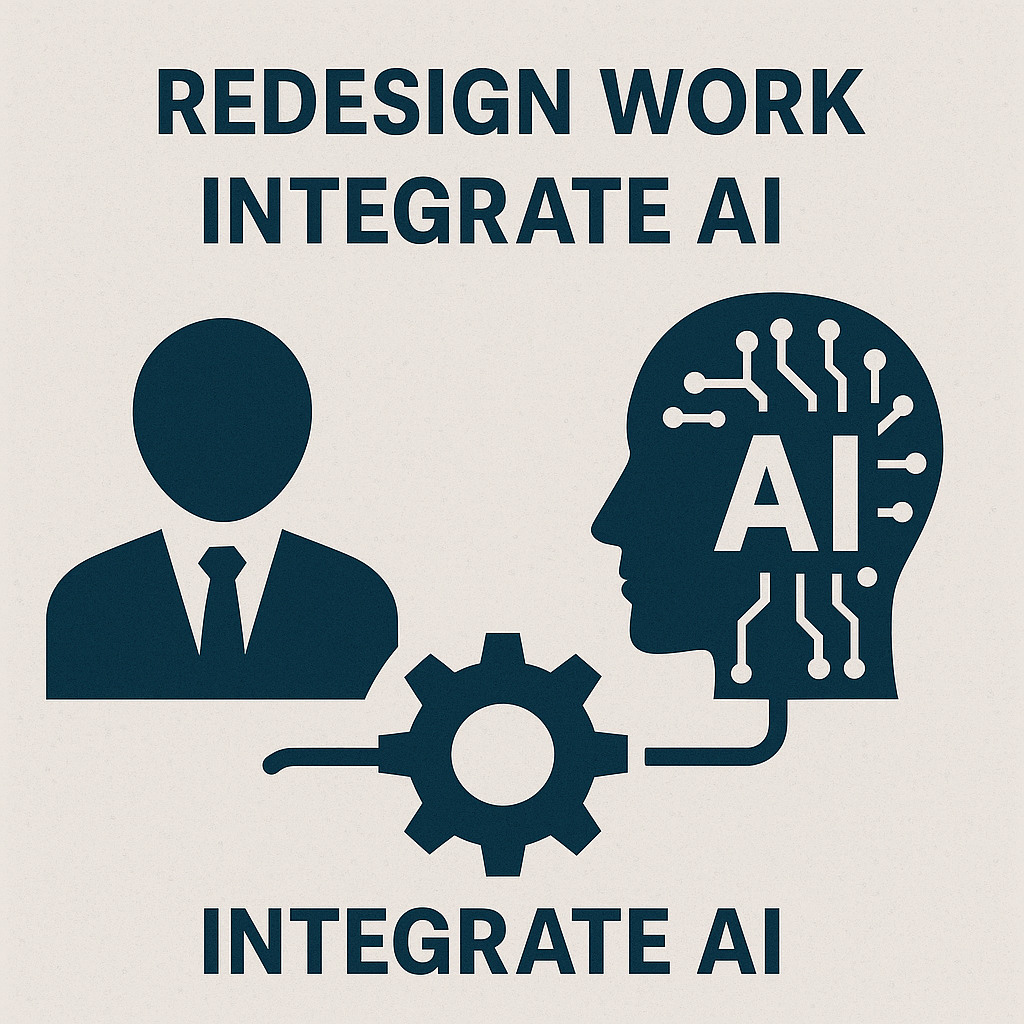
Some general guidelines for process redesign through augmentation:
- Process Analysis: Organizations should systematically identify and classify tasks within processes to determine which are best suited for automation, augmentation, or exclusive human oversight. The criteria may include task complexity, interpretive ambiguity, ethical sensitivity, and data availability.
- Human-in-the-loop: Human involvement should be positioned at critical junctures to ensure that AI-driven insights are meaningfully applied. Blindly deferring to AI recommendations without scrutiny risks reinforcing biases, overlooking errors, and reducing human agency.
- Cognitive Elevation of Human Roles AI should be leveraged to perform well-defined, data-intensive tasks, freeing human workers to engage in higher-order thinking—sense-making, strategic judgment, creative synthesis, and ethical reasoning.
- Ongoing Reevaluation: Regular assessments of AI’s role in workflows and training programs to develop AI literacy can help ensure that augmentation remains an asset rather than a liability.
Without thoughtful augmentation, humans who integrate AI into their workflows risk falling into the trap of the “ping-pong effect” — a situation in which tasks oscillate inefficiently between AI systems and human agents due to unclear accountability or misaligned capabilities. A prototypical case involves iterative document creation: AI generates content, a human edits it, AI summarizes the revisions, and the cycle continues, often resulting in degraded output and cognitive fatigue rather than increased productivity. This inefficiency stems not from AI per se but from inadequate process design.
Augmentation is not a natural solution—it is a design choice. To harness AI effectively, we must be intentional about its integration, critically assess its role in our processes, and ensure that human oversight remains a central component of decision-making. The challenge is not just technological but philosophical: how do we preserve human agency, creativity, and expertise while leveraging AI’s immense potential? In this new paradigm, AI is not a replacement but a partner, and it is up to us to define the terms of that partnership.

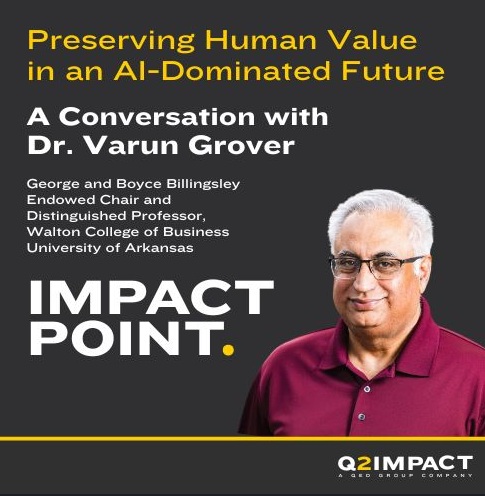
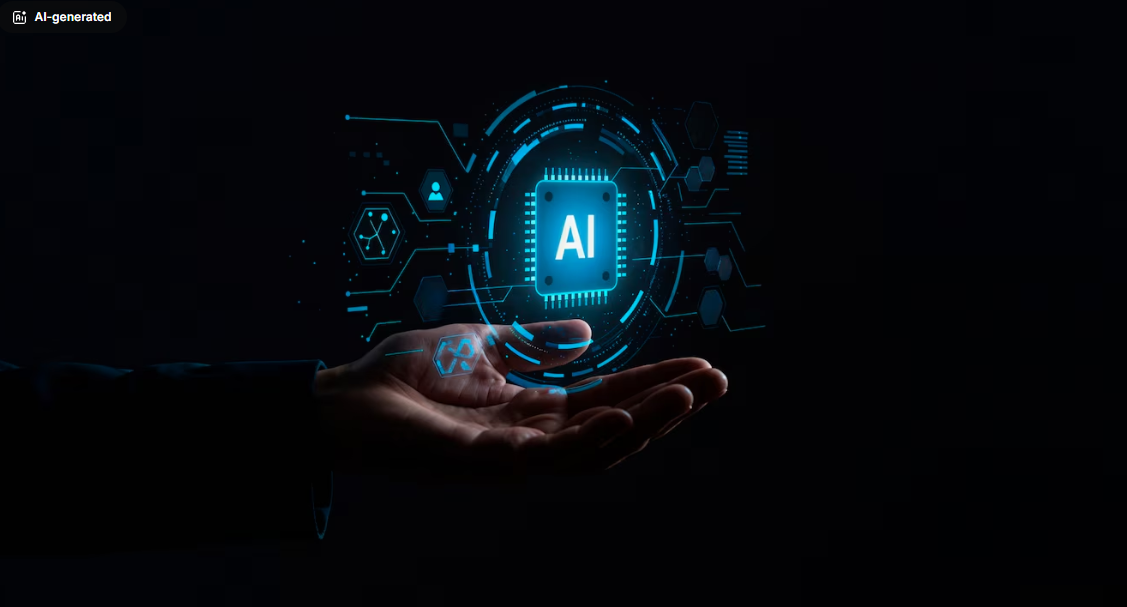


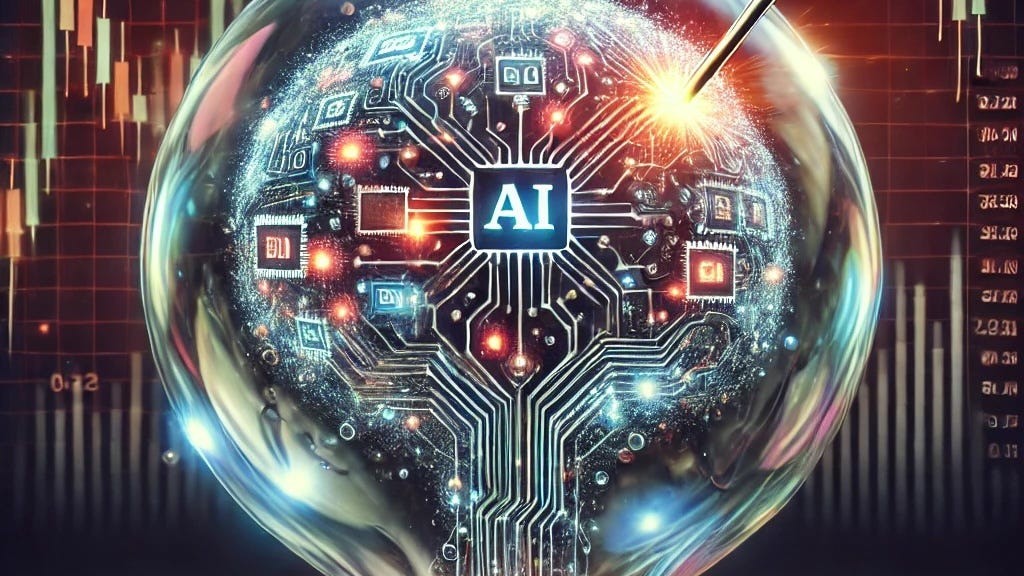
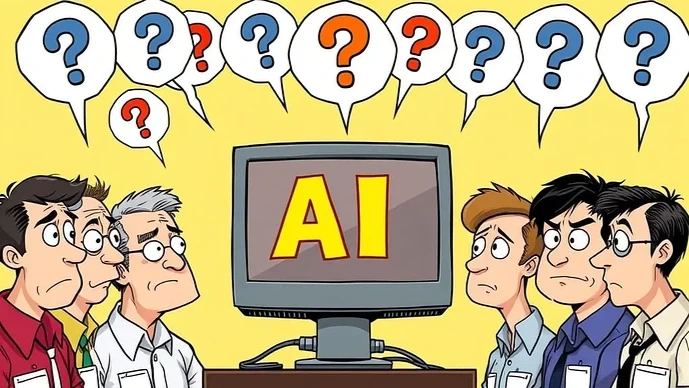


Leave a Reply